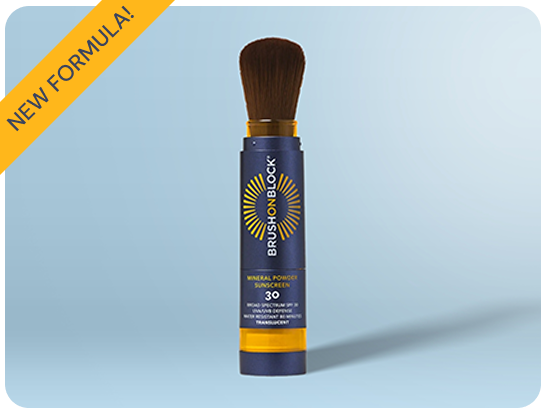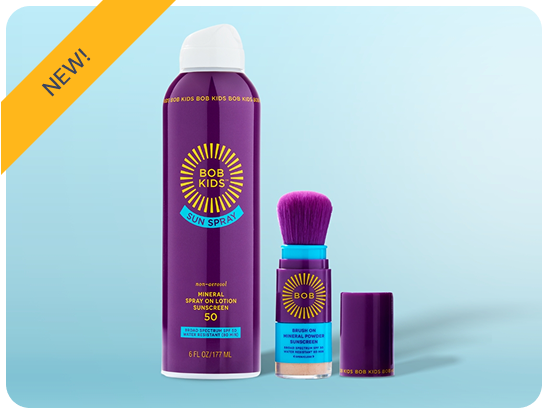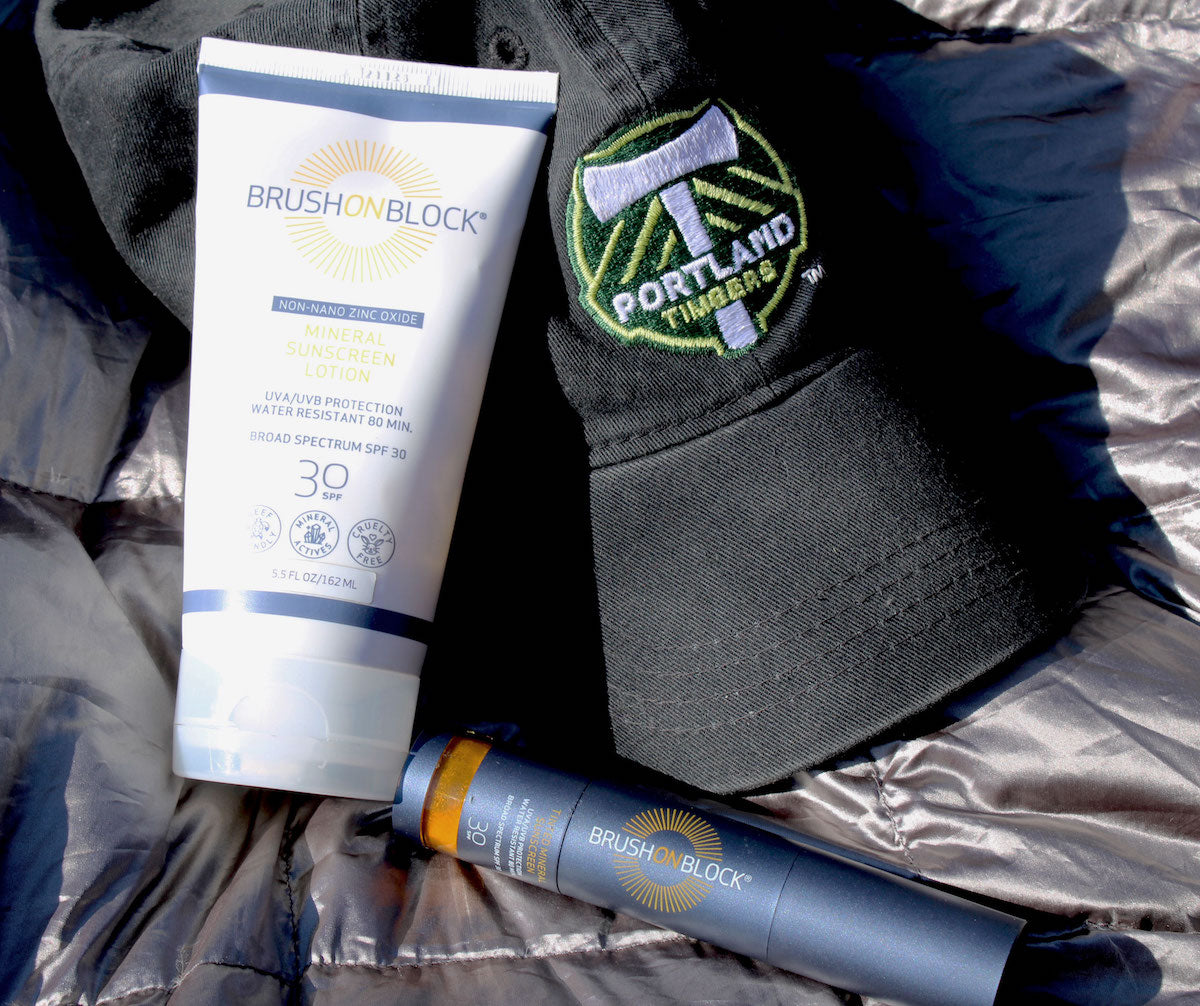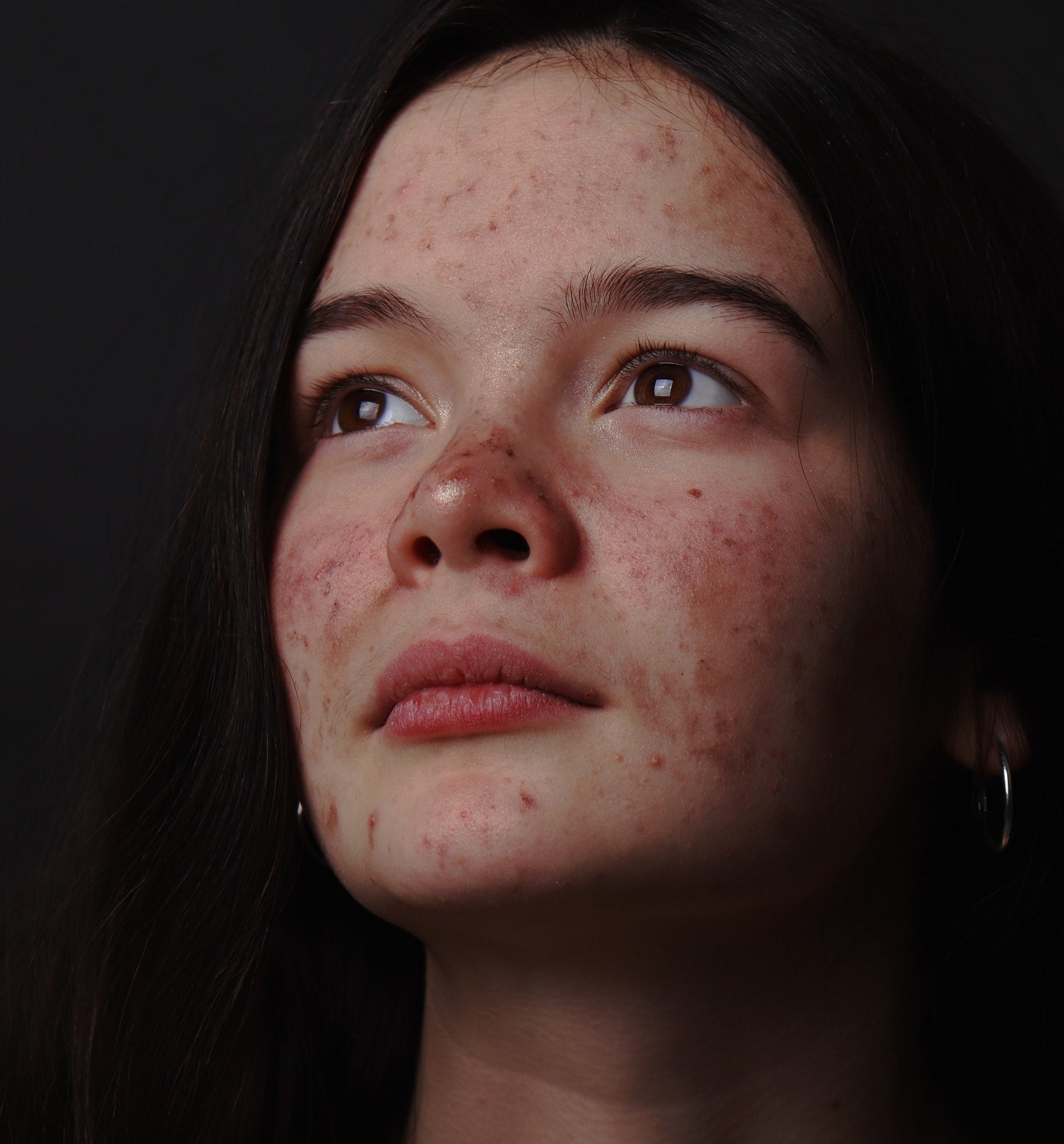Did you know that in the US, sunscreen is considered an over-the-counter (OTC) drug product? It is--just like Tylenol, cold medicines, toothpaste and more! Every over-the-counter drug has rules set out by the Federal Drug Administration (FDA) for ingredients, testing, stability and labeling. This helps consumers know that every OTC product they purchase has been tested to the same standards and proven to work by those tests. When you look at a box, bottle or tube of sunscreen, you should see a large area devoted to what is called a “Drug Facts Panel.” This panel, which at a glance looks similar to the Nutrition Information on foods, is required by the FDA to be on every sunscreen sold, and consumers should be able to read it before they purchase the product, so it needs to be on an outer label or box. The requirements of what the panel must say are quite precise, but seeing that panel should put your mind at ease, any product that bears this panel takes the rules for sunscreen seriously. They are almost surely manufactured in an FDA-compliant manufacturing facility that makes sure that every batch is tested by a third-party testing lab. You can consider that if the panel is on your product and you use the product as directed, it will work.
What can you learn from the Drug Facts panel?
The panel is broken down into seven different sections, and each has required information, as well as information that applies to the specific product. Here is what you can expect to find in each section:
"Active Ingredients"

This section lists all of the active ingredients in a product, plus its percentage and its purpose. For sunscreen, that would be ingredients like titanium dioxide, zinc oxide, oxybenzone, avobenzone, homosalate, and octinoxate. The FDA has only approved sixteen different actives for sun protection, and only eight of those are commonly used. The Active Ingredients section must include the percentage of each active in the formula, and the purpose of the ingredient, which in a sunscreen product is--sunscreen.
"Uses"
This language is required by the FDA and is nearly the same on every sunscreen package. Why do we wear sunscreen? To prevent sunburn and, when used as directed, to reduce the risk of skin cancer and early aging signs. That about covers it!
"Warnings"

Again, this language is dictated by the FDA and should be the same for every sunscreen. The warnings are mostly common sense—for external use, do not use on broken skin, keep out of eyes, stop using if you develop a rash, call a poison center if a child swallows it.
"Directions"
This portion may vary slightly from product to product. All products should say to apply liberally (or generously) 15 minutes before exposure and give Sun Protection Measures information. Every product should say that for use on children under six months of age, ask a doctor. Doctors agree that newborns up to six months of age should be kept from sun exposure.
Where you will find some difference in this area is in the reapply section. All sunscreens should say to reapply at least every 2 hours, but some products, like Brush On Block Mineral Sunscreen SPF 30 say to reapply “after 80 minutes of swimming or sweating, immediately after towel drying.” Other products may say the same, except after 40 minutes of swimming or sweating, and still others will say, “use a water resistant sunscreen if swimming or sweating.” This is because there are very specific tests for water resistance, and only three claims that can be made in regards to it. Use of the word “waterproof” has not been allowed on sunscreen for many years. Sunscreens can be tested to be water resistant for either 40 or 80 minutes. If a sunscreen is not water resistant for at least 40 minutes, or if a company does not wish to make a claim about water resistance, they must use the language above that implies the product is not water resistant.
"Inactive Ingredients"

This one is interesting. When you read ingredient labels, you expect that the first ingredient is the one that is most prevalent in the product, right? That’s how food and cosmetics list their ingredients! But sunscreen is an OTC drug, so the rules are different. Inactive ingredients (anything not listed in the first section of Active Ingredients) should be listed in alphabetical order. But, if a product is both a sunscreen AND a cosmetic (like our Protective Lip Oil SPF 32), the brand can choose to list the inactive ingredients either cosmetics style (order of predominance in formula) OR as a sunscreen (alphabetical).
"Other Information"
“Protect the product in this container from excessive heat or direct sun.” That’s it for other information, and it doesn’t even really apply to Brush On Block. Our product can get hot or be in direct sun and it will not affect the effectiveness, but it is a fair warning for liquids that could get quite hot, and solids (like a stick) that could melt. Regardless you’ll find that information on the box of all of our mineral powder sunscreens.
"Questions or Comments?"
This is the area where the brand must list a toll-free number that customers can call with any questions or concerns about a product.
What does all of this mean to me as a consumer?
As mentioned earlier, if your sunscreen has a drug facts panel, you know that the brand is careful about following the FDA guidelines for labeling their products, and therefore you can assume that they also follow guidelines for ingredients, stability and testing. If you find a sunscreen that does not have a drug facts panel, our advice is to run in the opposite direction. Even if the price is low, the product is not following FDA guidelines, and so you have no way of knowing if they are following requirements for testing or ingredients. With sun protection, it simply isn’t worth the risk when there are so many brands that follow all the rules.





